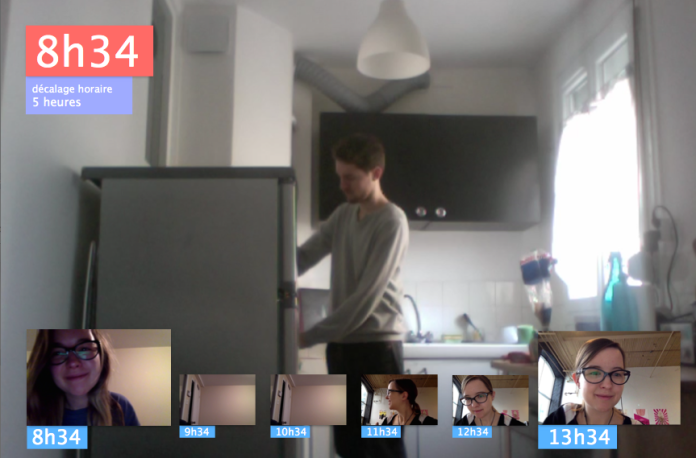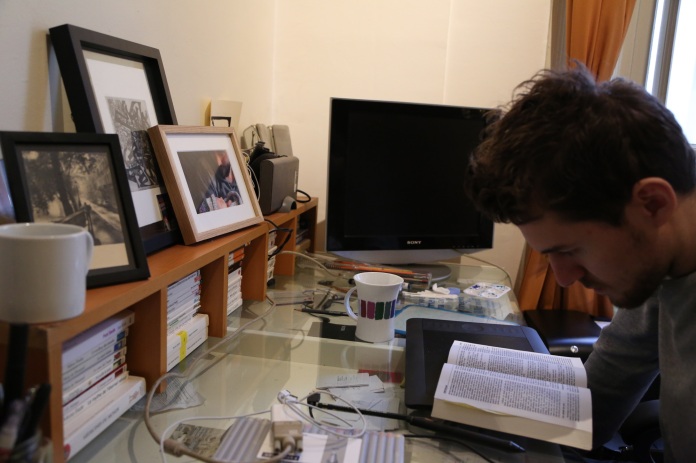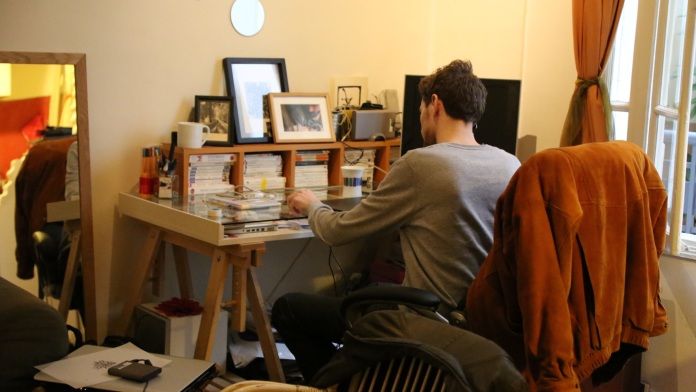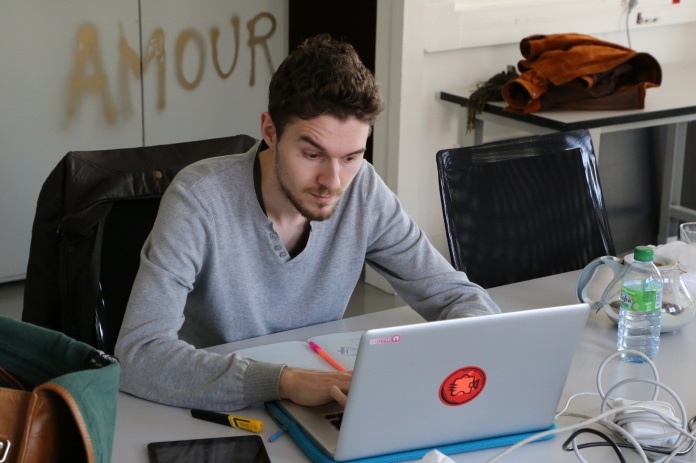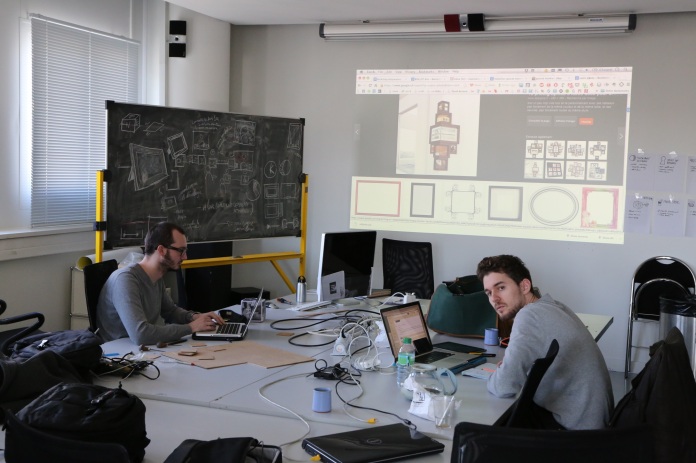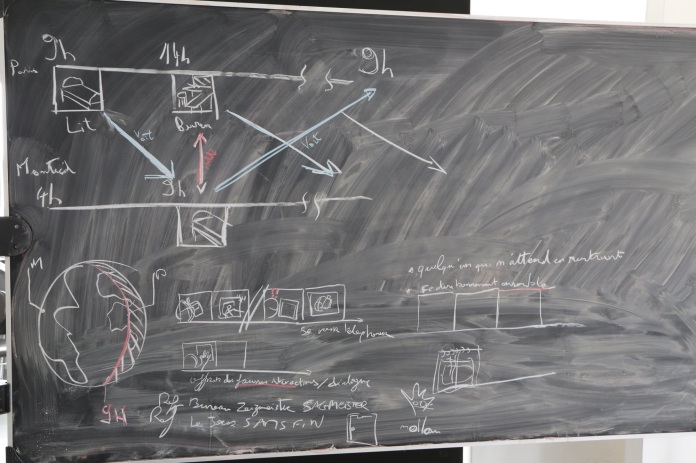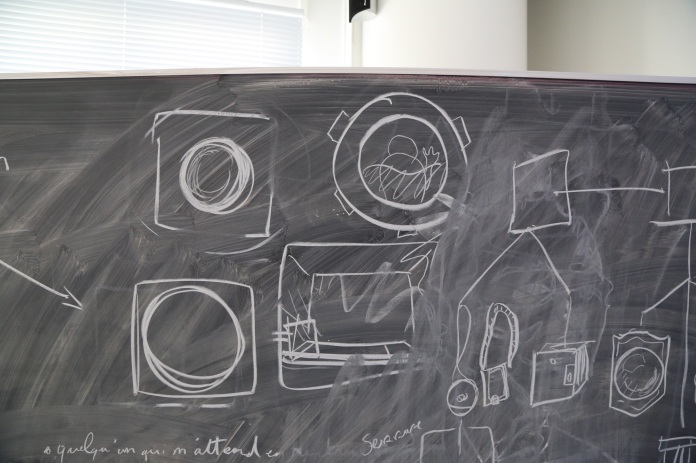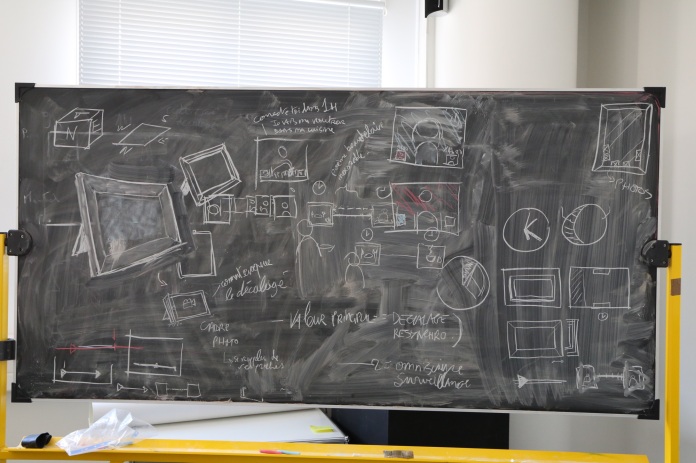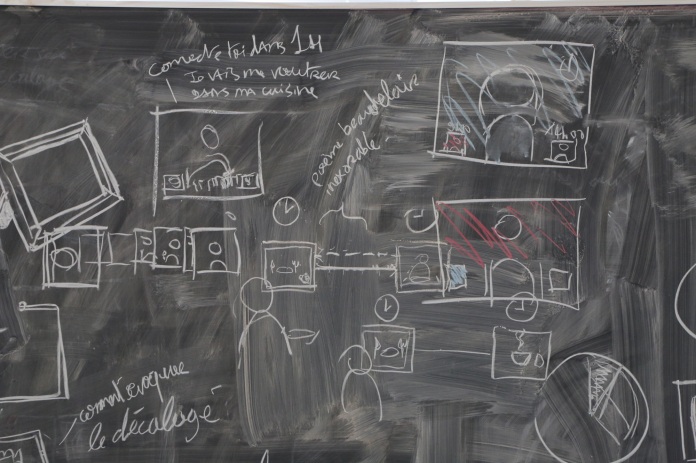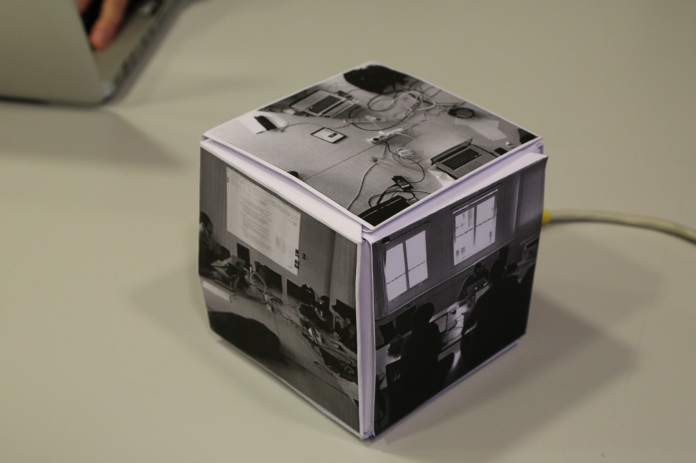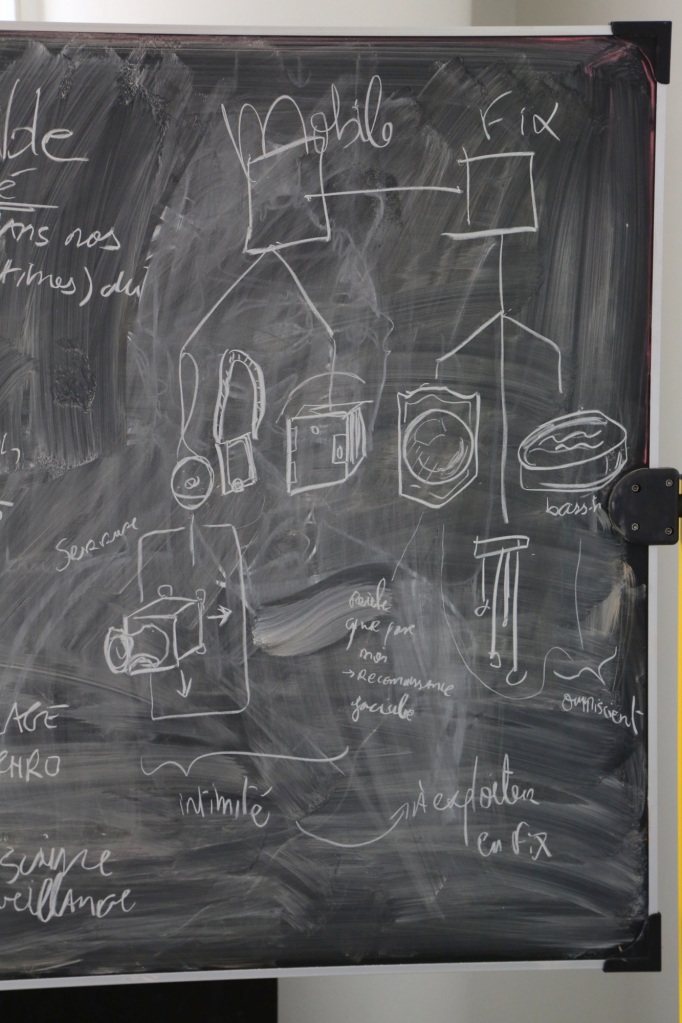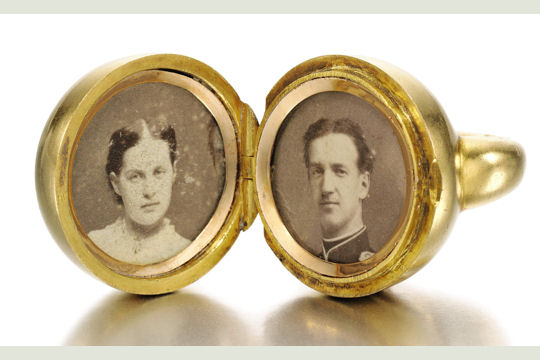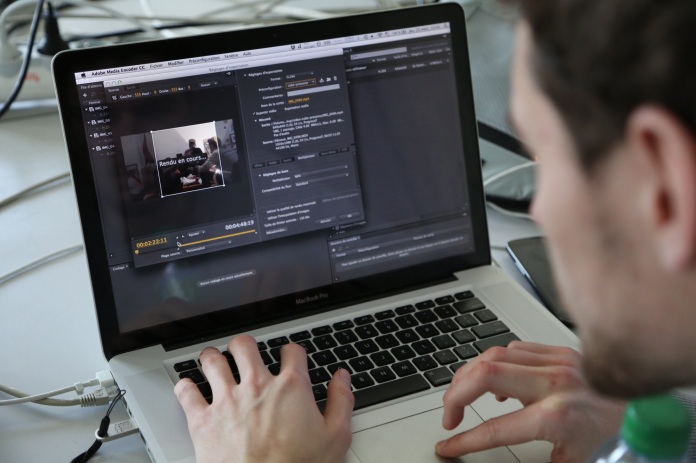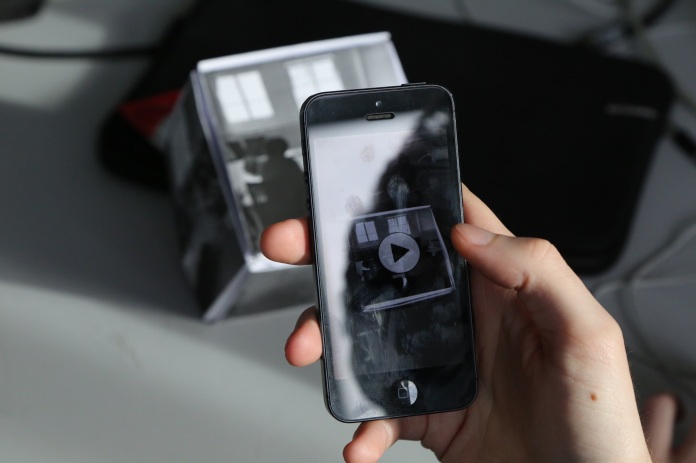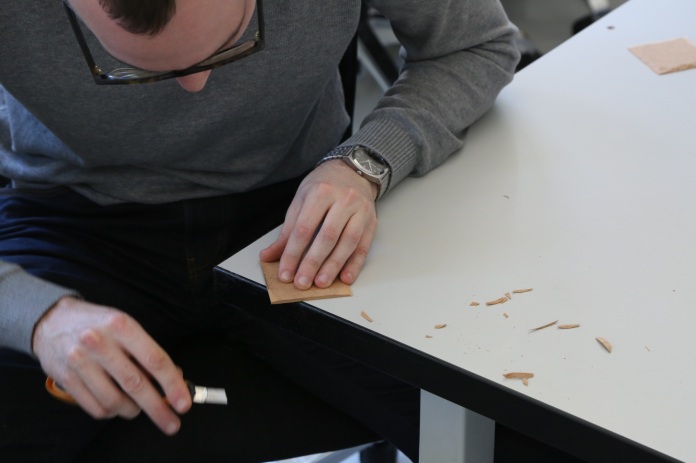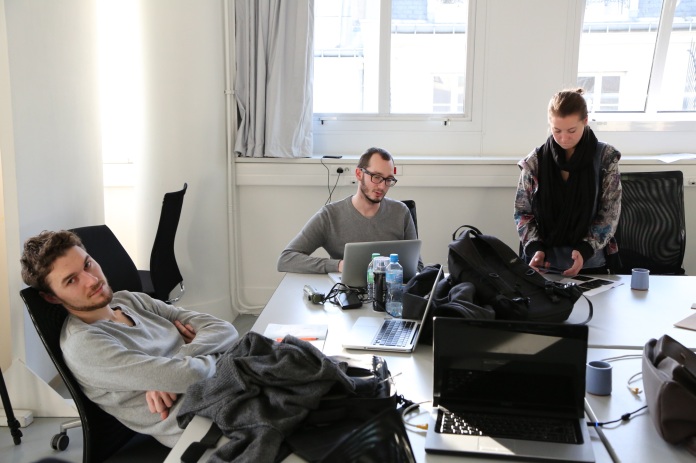We presented to our design supervisor Remy Bourganel the results of this workshop session. All the projects need a lot more work but it was a good step forward in my research to observe others working with the design principles I proposed – Our design choices aim at producing an uncanny enough feeling to engage the audience in a reflective process, by making the project:
– legible
– probable
– familiar but not too much
– unfamiliar but not too much
(There will be more criteria when working on the communication of these projects).
Remy asked (and saw) why a part of the project where not considerable as speculative design. Our feedback: actually it is not simple to turn a designer into a “critical designer”, depending on the context they sometime needs to gain confidence by practicing classic design first. Reflecting on the design fiction course I also give, I think the method to unlock designers mind to the “critical mode” was not ready this time.
Remy challenged us on the uncanny part as it does not look uncanny enough for him. Indeed we need to push the projects further by doing “audience-testing”.
Outcomes:
• observing negotiation strategies in the design process (uncanny balance)
• producing a different kind of project, the aesthetic is more like “bleecker’s design fiction”: centered on optimistic solution and everyday-life objets (it is less “RCA white cube gallery’s critical design” aesthetic which is sometimes cynical.
• It was very hard to make the team shift to a “what if” methodology, my method was not good enough
Next step:
• Design the staging & the user scenarios (to tune the uncanny)
• Evaluate the uncanny criteria
Here are the slides.



